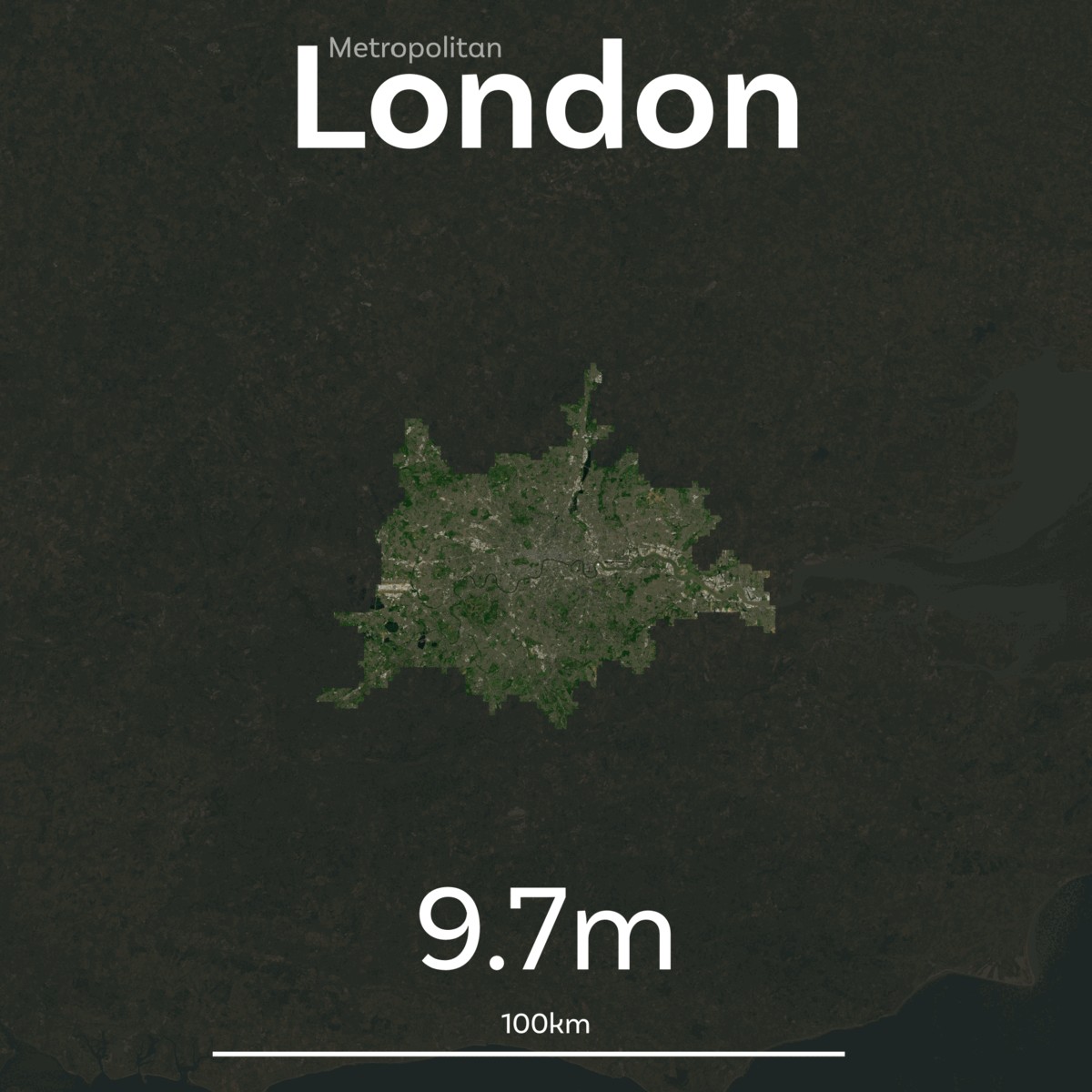Tokyo often claims the title of the world’s largest city. But how does its size truly stack up against another global metropolis, London? This article delves into the complexities of defining and comparing these two urban giants, examining population figures and land area across various definitions of “Tokyo.”
Defining “Tokyo”: From Wards to Prefecture to Metropolis
The challenge in comparing Tokyo to London lies in defining “Tokyo” itself. There are several ways to measure its size:
- 23 Special Wards: This is Tokyo’s inner core, analogous to London’s central boroughs.
- Tokyo Prefecture: This administrative region encompasses a much larger area, extending beyond the continuously urbanized zone.
- Greater Tokyo Area/Tokyo Megalopolis: This definition encompasses the vast, interconnected urban sprawl that includes Yokohama and other surrounding cities.
Population Comparison: Tokyo Dwarfs London
Using 2020 WorldPop data:
- 23 Special Wards: 9.7 million (vs. Greater London’s ~9 million)
- Tokyo Prefecture: 14.3 million
- Greater Tokyo Area: Estimates range from 34.6 million to over 40 million, based on different methodologies. Even the lower estimate significantly surpasses Greater London’s population.
Land Area Comparison: A Matter of Perspective
- 23 Special Wards: Roughly 240 sq mi (smaller than Greater London’s ~606 sq mi).
- Tokyo Prefecture: Approximately 687 sq mi (slightly larger than Greater London).
- Greater Tokyo Area: A sprawling 4,768 sq mi (significantly larger than Greater London).
To visualize the difference, imagine resizing Greater London to match each definition of Tokyo. Even when resized to match the 23 Special Wards, the population density within that area would be lower than Tokyo’s actual figure. This highlights the significantly higher population density of Tokyo’s core.
Population Density: Packed Tight in Tokyo
While Greater London’s population density is around 14,670 people per sq mi, the 23 Special Wards boast a density of roughly 39,000 per sq mi. This underscores the much more densely packed nature of Tokyo’s urban core. Using the prefecture’s total area for density calculation is misleading, as it includes vast rural spaces.
Conclusion: Tokyo’s Urban Sprawl Reigns Supreme
While both Tokyo and London are global hubs, Tokyo’s urban area significantly outsizes London in both population and land area. Depending on the definition used, Tokyo’s population can be multiple times larger than London’s. Even when comparing the most densely populated areas of both cities, Tokyo emerges as significantly more packed. Therefore, when considering the sheer scale of the continuous urban environment, Tokyo undoubtedly dwarfs London.


